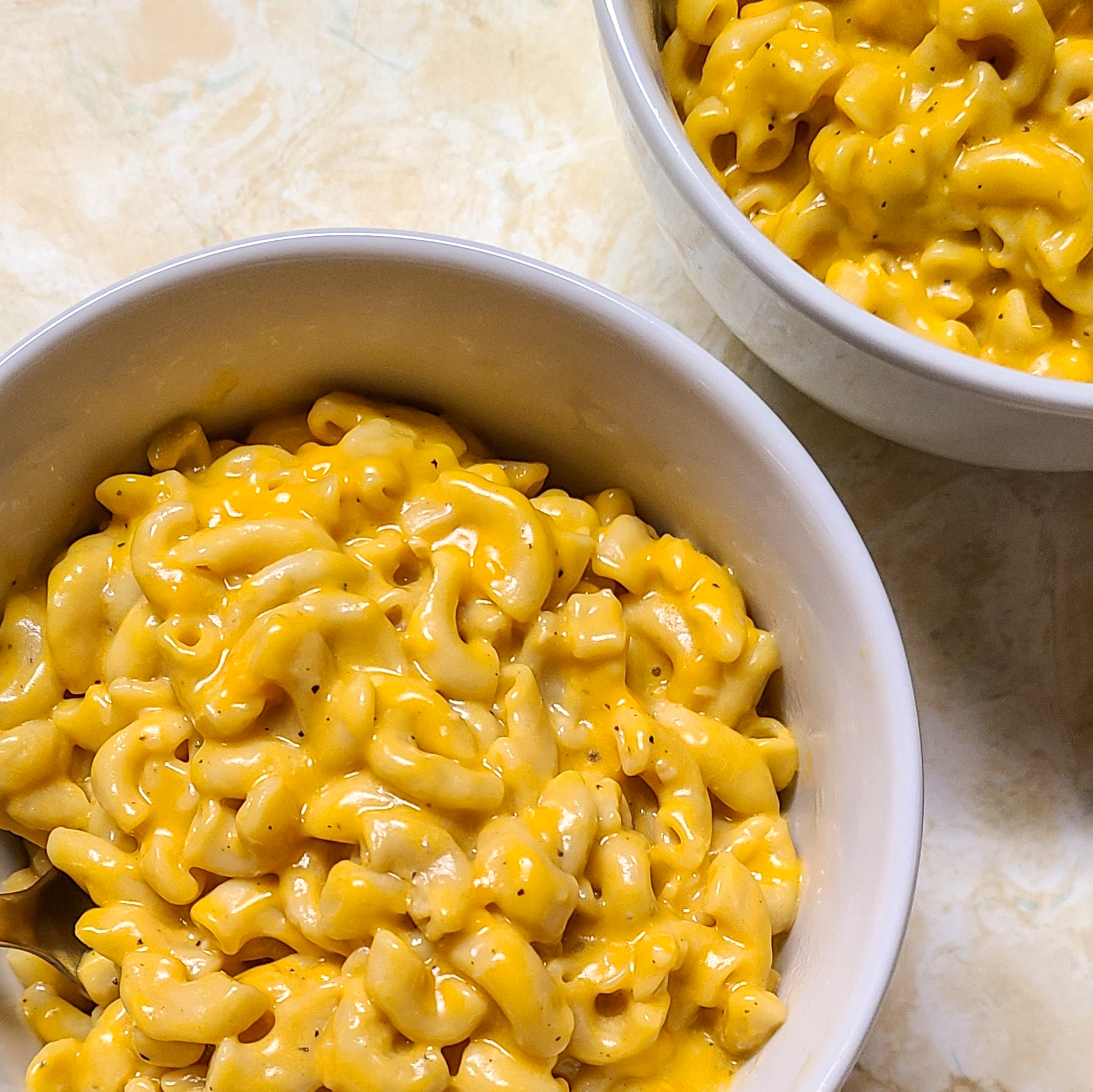Putting Pasta Away

“Everything you see I owe to Spaghetti. I’d much rather eat pasta and drink wine than be a size 0.” – Sophia Loren

Pasta’s Past
Pasta gets a bad rap as does wheat or carbs in general. I think if people learned more about nutrition, moderation, and variety they’d see pasta as an asset rather than a burden. On almost every continent you can find pasta in one form or another. One can hardly speak of pasta without evoking the image and feeling of everything Italian.
While some historians believe pasta originated in Italy, most are convinced Marco Polo actually brought it back from China in the 13th century. The earliest known pasta was made from rice flour and was common in the east. While In Italy, pasta was made from hard wheat and shaped into long strands. Bringing this ancient food much closer to modern-day spaghetti.
Spaghetti comes from the word Spago, which translates in English to “string,” or “twine.” Surprisingly, Thomas Jefferson helped give the pasta an initial push into popularity. During an extended stay in Paris from 1784-1789, Jefferson ate what he called macaroni. Back then the word could have referred to any shape of pasta. He was the first to bring it to America. It was during the late 19th century when large groups of immigrants relocated to America from Italy, pasta became a staple food in the states. We have been making spaghetti in America ever since.

The Perks of Pasta
The pasta was born out of necessity and has since grown into a colossus of cuisine. Every culture can trace its history in how it uses regional staple grains. Pasta may be the most recognizable of grain products. You will instantly know where it’s from but the type of pasta you encounter. One of the perks of pasta is its history and with that, the connection one has of its origin and traditions to one’s own past.
The other perk of pasta is its health and life-sustaining benefits. Depending on the grain the pasta is made from you can impart different types of nutrition into the meal. The number one is satiety. Feeling full and satisfied in any situation especially in a survival situation is crucial. And with that is the carbohydrates which will give you the energy to do the tasks and complete the journey ahead. Health-wise it provides Folic Acid, is Cholesterol Free, and Low in Sodium. See “The Wonderful World of Wheat” to read more about the benefits of grains.
One of the main reasons pasta is such a great food product is its affordability. Because most kinds of pasta are made from large grain crops and simple ingredients, the prices are very low. Aside from the economic reasons to purchase pasta, is it is also very versatile. You can make numerous meals from pasta. It’s quick and easy to make and stored properly has a very long shelf life.

Pasta in the Pantry
Most of us have probably never encountered mold or bug infestations in our pasta in the pantry. That is mostly because pasta has very low moisture content and as such isn’t a huge attractant for those problems. But that’s not to say they can’t happen when faced with a long-term storage situation. So better to be safe than sorry in how you store your pasta.
Pasta as it comes in its boxed form has a shelf life of about 2 yrs past its best buy date. It will start to take on other flavors from the surrounding area giving it an off-flavor. It will also lose nutritional value and can become an enticing treat for insects and vermin. So proper storage is paramount.
Through my research, I have found that the most cost-effective and best bang for the buck is mylar bags, air-tight food-grade buckets, and oxygen absorbers. You can purchase a sealer or if your wife or daughter has a hair straightener that will work too. Just be careful. I also read that dropping a bay laurel leaf in your bag will be a deterrent for insects. I like the idea of vacuum sealing but that will be a purchase I make later on down the road.

The Proof is in the Pasta
The largest reason to store pasta is its versatility. Pasta is one of the most basic pantry staples every home has on hand. Spaghettis Sundays are a very common family dinner, as is Mac & Cheese for the little ones. From Soups and Salads to Casseroles you can find many uses for pasta and will find when you keep a variety of your family’s favorites, the rotation will not be a problem.
In our home, we have many types of pasta. I’m of Japanese descent so we eat a lot of Ramen, Soda, Glass Noodles, and Rice Pastas. My American side loves all the comfort foods such as Chik’n Noodles Soup, Mac&Cheese, Hamburger Helper (type meals), and mounds of Spaghetti with garlic bread. So I also keep Ribbon Noodles, Elbow, and Spaghetti on hand in our pantry.
The recommendations for storing pointing noodles long-term is in air-tight glass jars or vacuum seal bags with oxygen absorbers. Smoother or rounded noodles can go in mylar bags and air-tight food-grade buckets or tubs. I will probably be doing a combination of storage options since I will be keeping a variety of foods in my pantry and food storage. I can always take from the food storage to replenish my pantry and repurchase for the storage.

Decadent Vegan Mac & Cheese
Equipment
- Instant Pot
Ingredients
- 1 lb Elbow Macaroni
- 3 cups Plain Unsweetened Almond Milk
- 1/4 cup Nooch
- 2 tbsp Minced Garlic
- 1 cup Veggie Broth
- 4 tbsp Vegan or Plant Butter
- 4 tbsp Vegan Cream Cheese
- 1 tsp Pink Salt
- 1/2 tsp Ground Black Pepper
- 1 pkt Daiya Cheese Sauce
- 2 cups Vegan Shredded Cheese
- 1 cup Vegan Shredded Parmesan
Instructions
- Make your broth and mix in the Nutritional Yeast (nooch) and garlic. Set aside
- Pour into the pot your pasta, milk and then add in the broth mixture. Give everything a good stir.
- On top scatter the butter and cream cheese. Sprinkle the salt and pepper over the top. Stir to combine everything well.
- Cover and lock lid. Push valve to the back and set for manual and 8 mins. Let naturally release for 15 mins and then quick release.
- Once done remove the lid and quickly add in the cheeses. Stir to combine and recover till ready to eat or the cheeses have melted nicely. Enjoy!
Resources:
What Are the Health Benefits of Pasta?
Is Pasta Healthy? The Answer May Surprise You
Storing Pasta Long Term: The Ins and Outs of Storing Pasta
How to Store Dry Pasta Long Term
Long-Term Pasta Storage Instructions
About The Author
admin
Related Posts
The Frugality of Fats
“Fat gives things flavor!” – Julia Child The Story of Shortening Fats have…
April 12, 2022Marvelous Macaroni & Cheese
“All middle-income families use carbs to stretch meals, across any ethnic group –…
January 24, 2022


